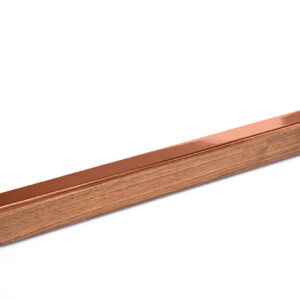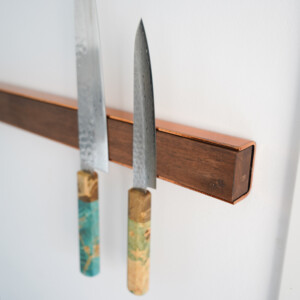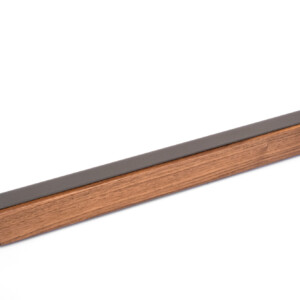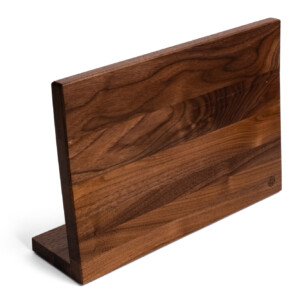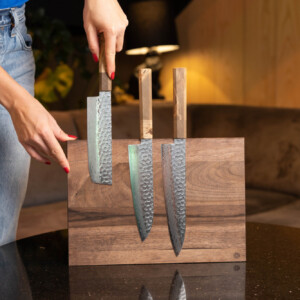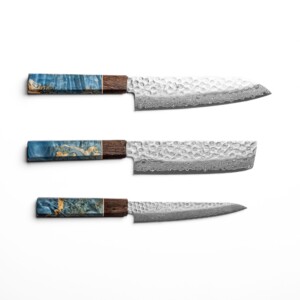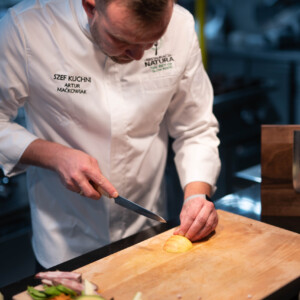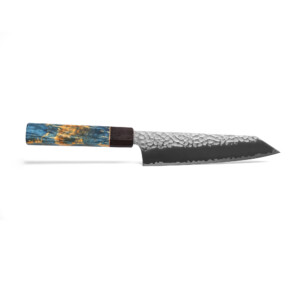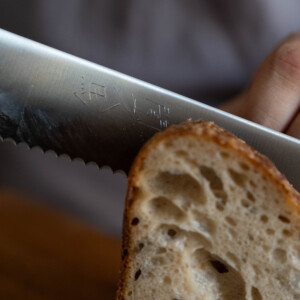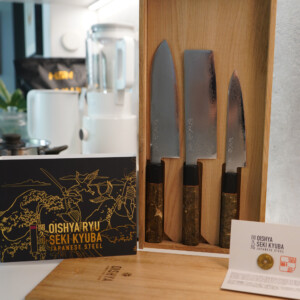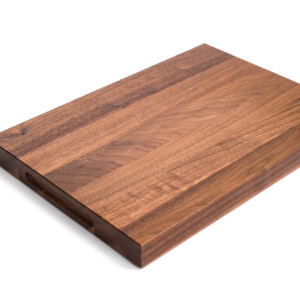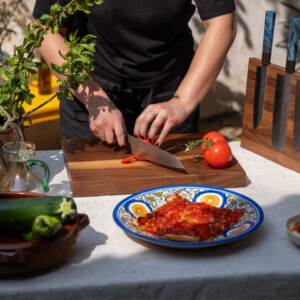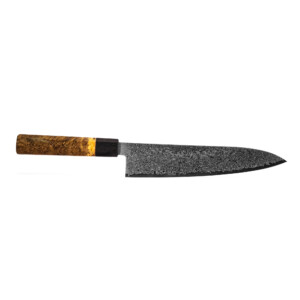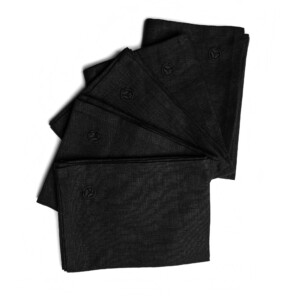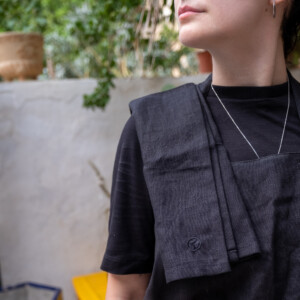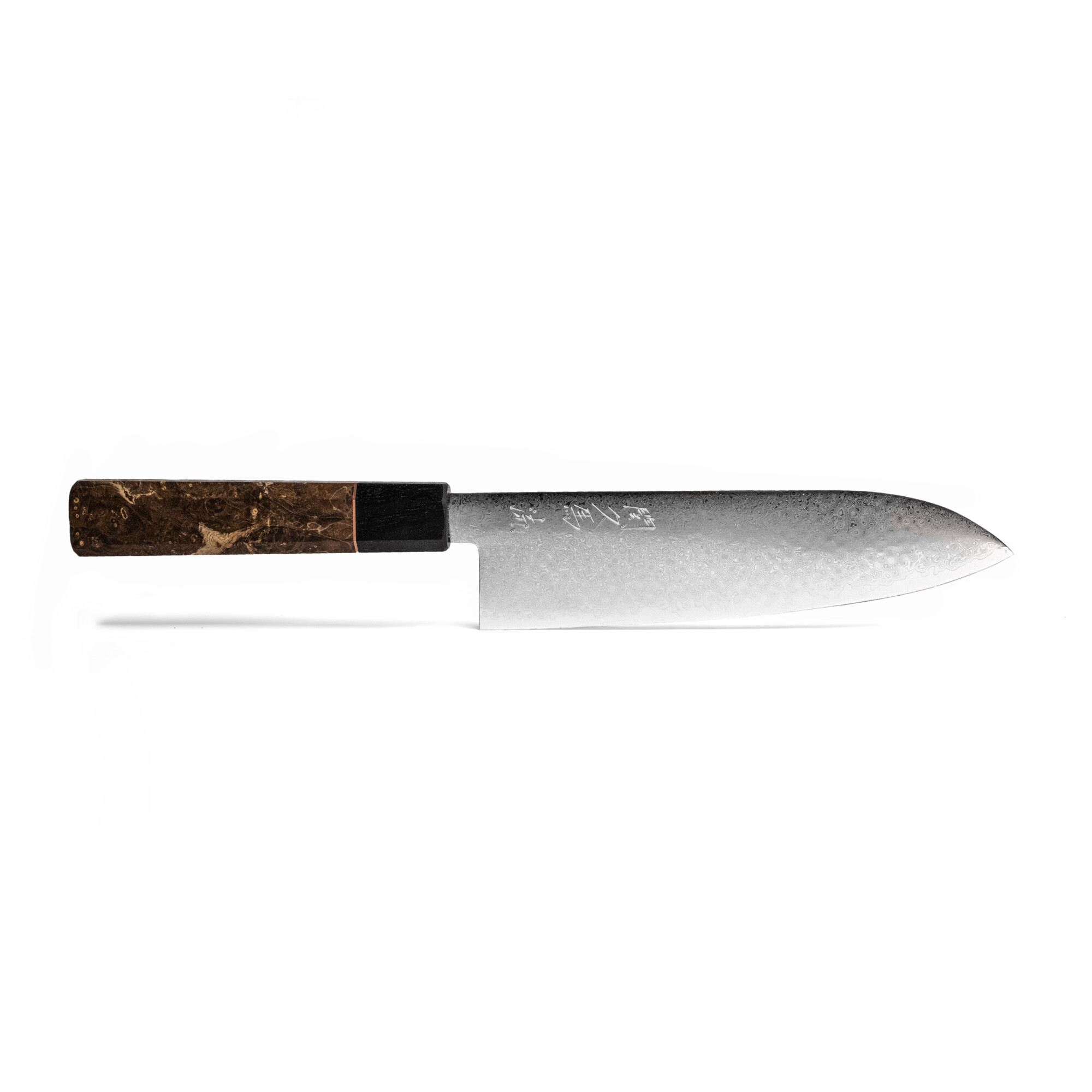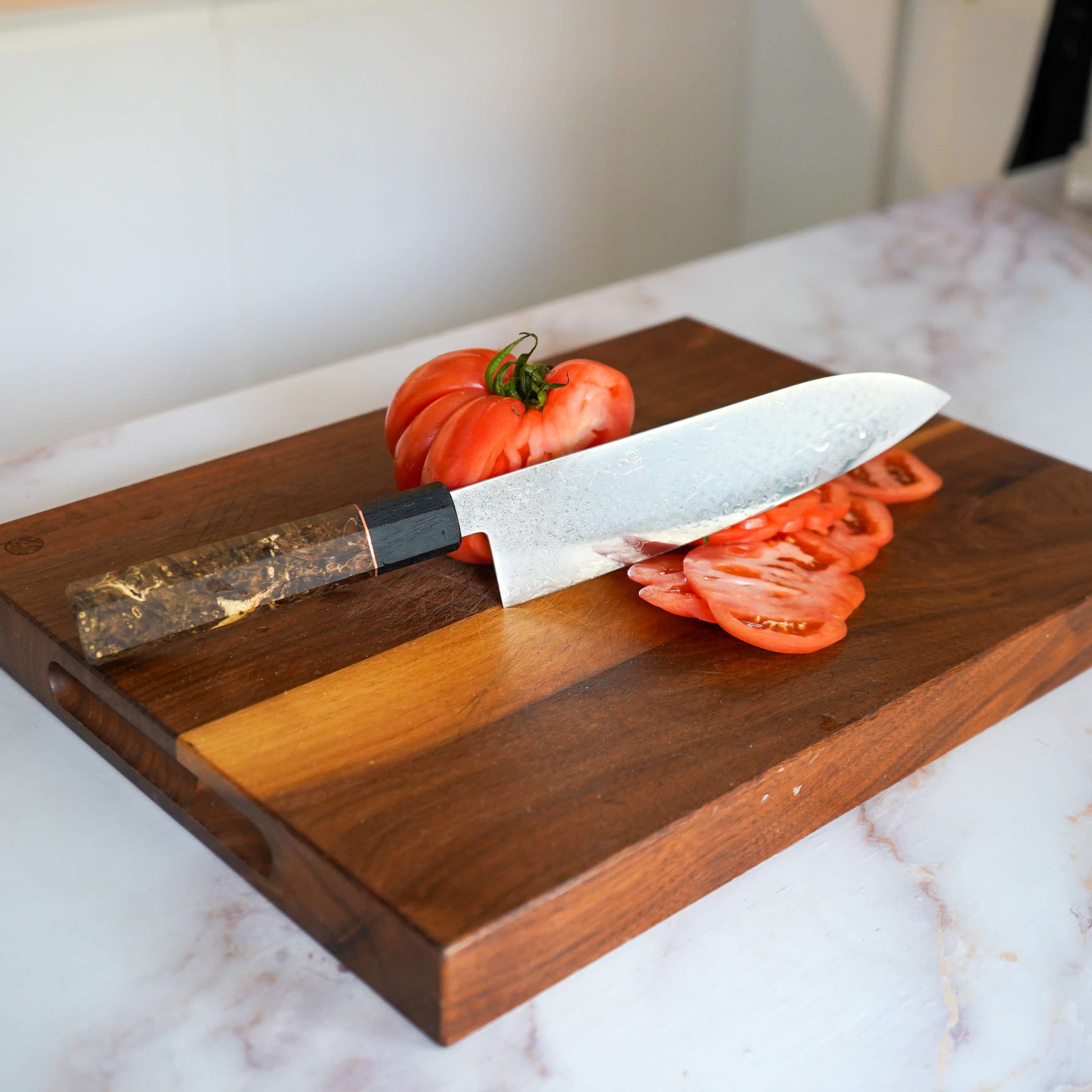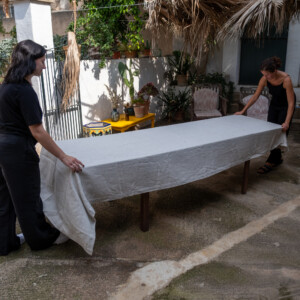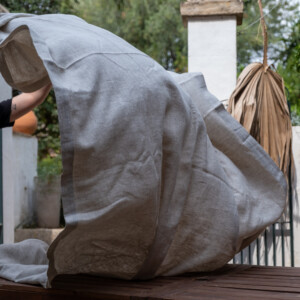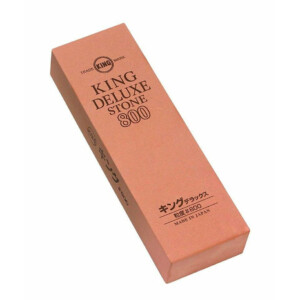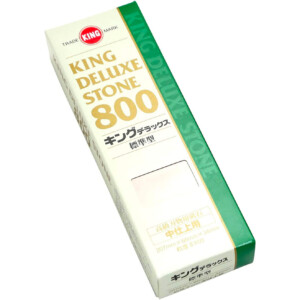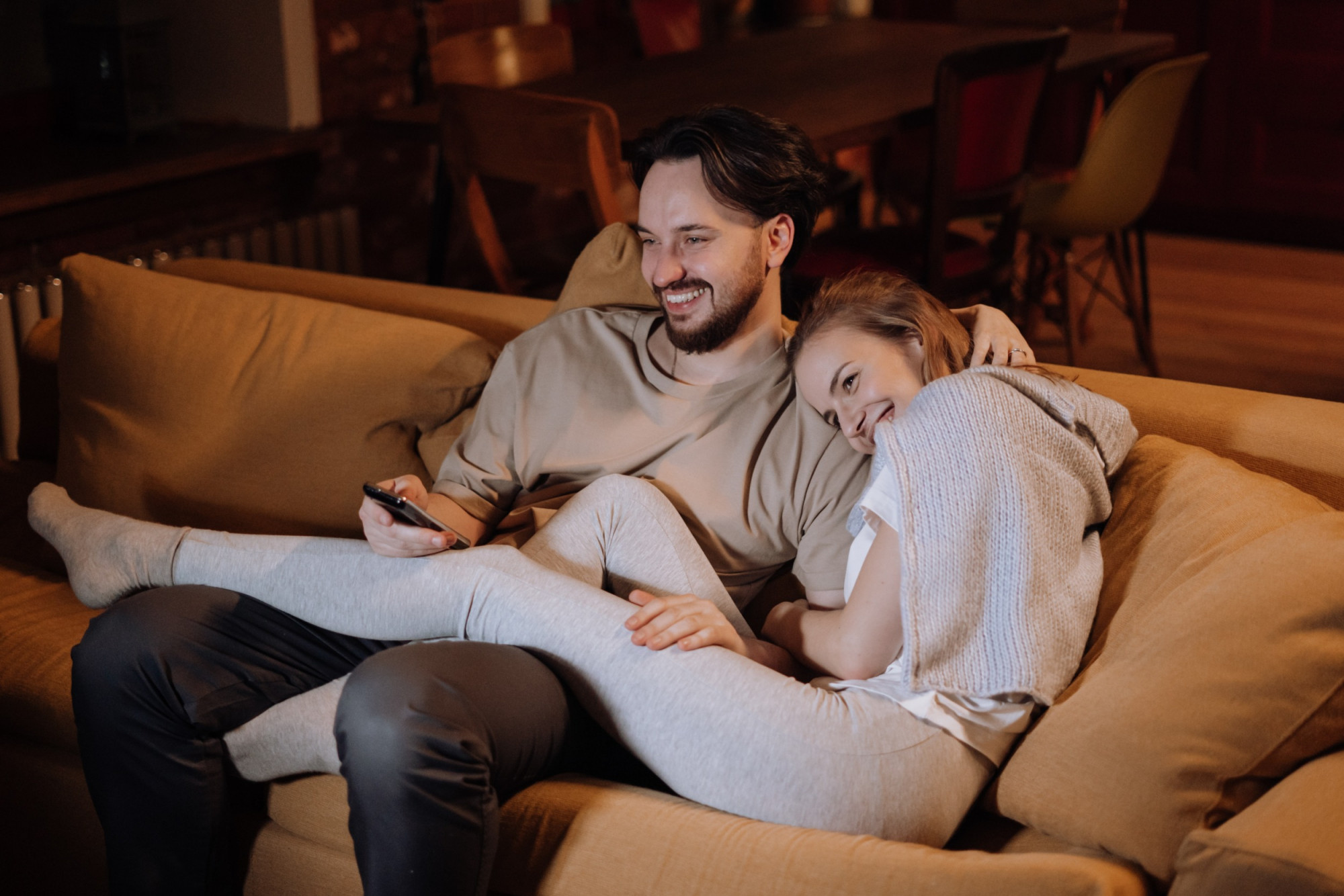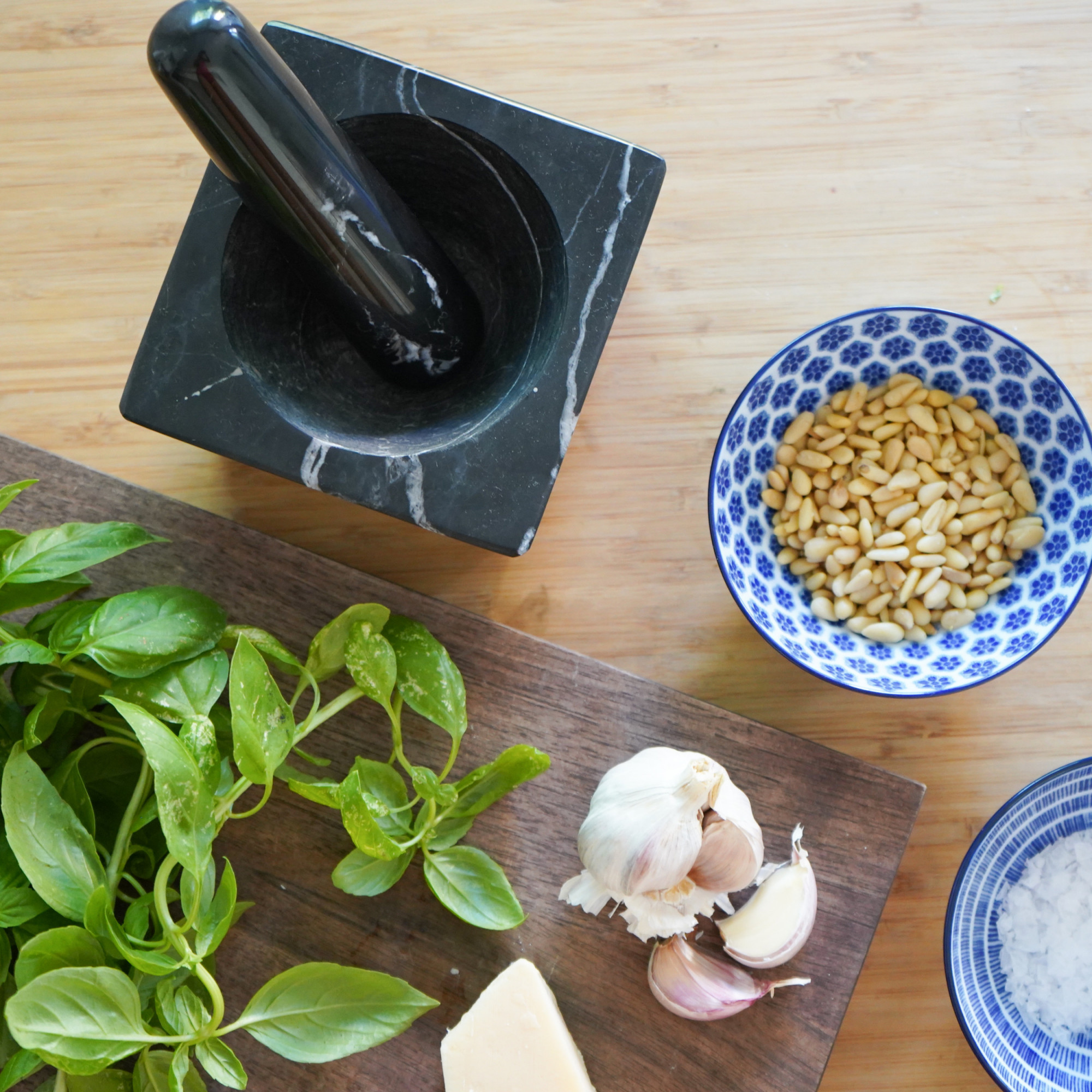If you haven’t heard yet of the Slow Living trend – now more than ever you have the chance to practice it fully. The title explains it all – the essential message is about consuming less and taking a slower approach to everyday life.
This phenomenon has its roots in the Slow Food movement, started by Carlo Petrini in the 1980s in Italy. Favouring mindful eating and conversation rather than what had become the norm – gulping down food and racing back to work, slow Food aimed to provide an antidote to fast food. The movement is an expansion of this simple idea of slowing down enough to enjoy your life, from how you eat your meals to the way you get to work, how you see life to how you spend your free time.
The world has been longing to slow down and it’s finally happening. Reusable water bottles are widely popular. Detergents’ containers can now be reused and refilled at specially designed points in stores. Fast food outlets are launching vegan menus. And there are countless apps like Headspace or Calm to help us meditate and reduce our online time. It seems people are becoming more conscious and strive for a simpler and more meaningful life. The push is towards simplicity, whether that’s decluttering or avoiding tourist traps. The joy of presence has been long practiced by ancient cultures of Japan and other Asian countries. Now, this philosophy is taking off mainstream. There are thousands of Instagram photos of people sharing their way of #slowliving. They are proud of their imperfections and embrace everything which stands against senseless busyness. The pictures depict ruffled linen sheets and steaming cups of tea. Pleasures to be savoured and enjoyed slowly. Inspiration to put down our phones and be present in the moment.
“From tree changes to urban living, tiny homes to ethical consumption, self-sustainability to slow food – there is no one right way of describing the external indicators of slow living because there is no one way to live a slower, simpler life. At its heart, slow living is a curious mix of being prepared and being prepared to let go. Caring more and caring less. Saying yes and saying no. Being present and walking away. Doing the important things and forgetting those that aren’t. Grounded and free. Heavy and light. Organised and flexible. Complex and simple. It’s about letting go of the excess stuff in our homes, learning how to live mindfully, getting in touch with our personal values and choosing to put them at the centre of all that we do.”
— Brooke McAlary
Everyone has its own definition
It can be difficult amid the hype to know what slow living really means. It’s easy to get caught up in the aesthetics and lose any deeper meaning. Here’s a collection of the other definitions of slow living (we put key elements in bold for emphasis):
- “Slow living is living in a more balanced, meaningful, and life-affirming way.” — Wikipedia Slow Life
- “Slow life is a lifestyle choice.” — Wikipedia Slow Movement
- “People every day are constantly living at a fast pace which is making them feel like their lives are chaotic – but with slow living they end up taking a step back and start enjoying life being conscious of sensory profusion.” — Wikipedia Slow Living
- “Slow life is a lifestyle emphasizing slower approaches to aspects of everyday life.” — Wikipedia Slow Life
- “Slow living is more than a rural or minimal-inspired aesthetic that fits neatly into Instagram squares; it’s a way of living that acknowledges and reacts to today’s fast past of life. It denies that burnout equates to success and that doing as many things as possible as quickly as possible is always the optimum for your own well-being and for the planet’s.” – Slow Living Ldn
- “Decelerating the pace of modern life.” — Wikipedia Slow Reading
“Slow Living means structuring your life around meaning and fulfilment. Similar to ‘voluntary simplicity‘ and ‘downshifting,’ it emphasizes a less-is-more approach, focusing on the quality of your life…Slow Living addresses the desire to lead a more balanced life and to pursue a more holistic sense of well-being in the fullest sense of the word. In addition to the personal advantages, there are potential environmental benefits as well. When we slow down, we often use fewer resources and produce less waste, both of which have a lighter impact on the earth.”
— Beth Meredith and Eric Storm

We all agree that knife blocks can add a professional look to a kitchen. However, they take up way too much needed countertop space. This is why we suggest you switch to a magnetic knife rack. Not only do they look professional and allow you to display your beautiful knives and kitchen utensils. They also save up space as they are simply mounted on your kitchen wall. For ideas of where to hang them check out our blog and if you are in search of a beautiful magnetic knife rack of your own check out Oishya’s.

What the Slow Living Lifestyle Really Means
As I was doing my research, I began seeing themes emerge in all the interesting ways people describe their own versions:
- Slow living is a life philosophy, a state of mind and being, a reflective approach, and methodical process to daily life
- Slow living is purposeful and satisfying
- Slow living is about well-being and doing everything as well as possible instead of as fast as possible
- Slow living is conscious, intentional, mindful, and living deeply
- Slow living is nourishing, savouring the minutes instead of counting them
- Slow living is holistic, timeless, and based on ancient wisdom and spirituality
- Slow living is connection with yourself, those around you, and the world
- Slow living is countercultural because it goes against the norm that “faster is better”
- Slow living doesn’t treat everything in life as disposable
- Slow living is fighting back against the current state of busyness and “time poverty”
- Slow living is about pacing, being steady and consistent
- Slow living is taking a long-term view of your own life and the world around you
- Slow living is an organic and natural way of living
- Slow living is balance, ease, sanity, and low stress

The lifestyle of Slow Living
- Purposeful and fulfilling living
- Pacing, being steady and consistent
- Against “faster is better”
- You don’t treat everything in life as disposable
- Nourishing, savouring the minutes instead of counting them
- Holistic, timeless, based on ancient wisdom and spirituality
- Taking a long-term view of your life and the world
- Doing everything as well as possible vs as fast as possible
- Conscious, intentional, mindful and living deeply
- Organic and natural way of well-being
- Balance, ease, destress and sanity
- Connection with yourself, those around you and the world
- Fighting back the status symbol of busyness
In praise of slowness
Technology has made our world connected and fast-paced as ever, impacting our quality and speed of life. Conversations, information, and news travels faster than ever before. People are expected to be connected 24 hours a day, seven days a week. Working after leaving the office has become the norm. “Hustle culture” has caused many people to experience extreme points of burnout. Our fast-paced lifestyles take their toll on our mind, body, and spirit. Everything, from our health and diet to our relationships, families, communities, and schools is suffering from busyness and it’s also hurting our ability to think, link, innovate, create work, be productive, and be creative. But the faster things become, the more our subconsciousness rebels wanting to slow us down. Carl Honoré, author of In Praise of Slowness: How A Worldwide Movement Is Challenging the Cult of Speed says that:
“I think of slow [living] as more of a mindset than anything else, it’s quality over quantity. It’s doing things with presence, being in the moment. Ultimately, it’s about doing everything as well as possible instead of as fast as possible.”
The movement resonates with so many because people are sick of fast-forwarding through their lives—and the consequences that go along with that lifestyle. “We’re racing through our lives instead of actually living them,” says Honoré. “Turning every moment of the day into a dash takes a toll, and it’s hurting us in so many ways.”. Watch Carl’s TED talk on praise of slowness:
“Slow living is just living slowly, in whatever and however way that means to you. It’s about knowing and passionately loving the things we value, and designing our lives to spend the most time possible enjoying them. It’s about having intentionality and consciousness in our activities, about escaping the mindless scrolling and unproductive multi-tasking and focusing on purposeful action. It’s about embracing the fact that you’re not doing it all – it’s about doing less, but better.”
— Kayte Ferris

Now it’s your turn
While adjusting to the ultimate slower lifestyle of your dreams may take some time, you can start enjoying your life more this very moment. Every little step counts. Because guess what, your life isn’t waiting for you — it’s happening right now, and it’s entirely up to you to take a moment. So take a deep breathe, slow down, and relish in just how wonderful it is to be alive today.
